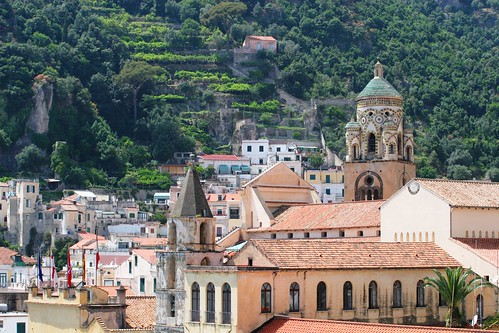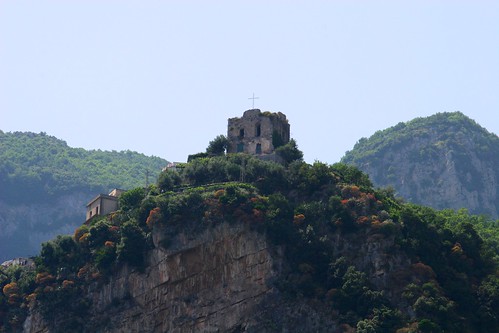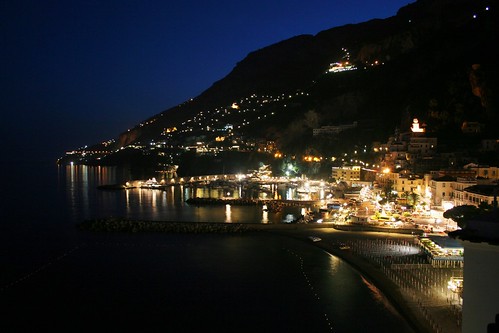There have been a number of events and lessons that I would consider big milestones in my journey, so I've organized the post around those milestones.
My interest in photography began in 2005, soon after my wife and I got married. My wife is an artist and designer, and studied art in college. We had had some fun experiences doing art together in the past--we took basic art together in high school--and I thought it would be fun to find an art form that we could both do together. We decided on photography; I probably had some interest in it, and I imagine the technical side of it appealed to me as well.
Milestone 1: Buying our Canon 20D
My wife had taken a photography course, so we knew at least a little bit about photography, and we knew that we wanted to get a digital SLR camera. So we purchased our Canon 20D which I'm using today.
I remember how exciting it was taking pictures of anything with it. The images were so sharp! And the shallower depth-of-field (less of the photo in focus) that you can achieve with an SLR lens has a way of making everything look more artistic.
Milestone 2: Learning the basics of manual exposure
The quality of even the most boring images was enough to spur my interest. I read through the first few chapters of the book for Jess' photography course, and learned all about the basics of focal length, aperture, shutter speed, and ISO. I enjoy the technical side of things, so I ate this stuff right up.
I misunderstood the significance of shooting in manual, though. I had it in my head that you can't take artistic pictures shooting full-auto, and that exposing manually was going to make a huge difference in my photos. Shooting in manual is not the secret to great photos, however; it just provides you with some important tools to work with.
Other than allowing you to control the exposure, shooting in manual essentially gives you control over two artistic tools:
- The "depth of field"--how much of the subject is in focus. This is controlled by the aperture.
- How any moving objects (people, animals, flowing water--or even the whole frame if you're holding the camera in your less-than-steady hands) are going to appear, blurred or crisp. This is controlled by the shutter speed.
We went out on a number of outings to take photos around Palo Alto. I didn't have a great handle on composition, and I hadn't learned yet how to look for good light outside. I was also still figuring out the photo editing process, which can involve a lot of floundering about when you're not sure what you're doing. I only went out shooting five times over the course of the first five months that we had the camera, so clearly the results weren't inspiring me to shoot much. I think we also found that going out and shooting together doesn't really work for us; we're inspired by different subjects.
That summer we took a trip to Amalfi, Italy and we took a lot of photos. If you go somewhere beautiful enough and take enough pictures, you're bound to get a few good ones. Even so, I love these photos and they've helped motivate me to keep trying.




Milestone 3: Flickr
In 2006 we both finished college and decided we really wanted to move down to Southern California. The job search went pretty slow, and we were actually planning on just moving to San Diego and continuing the search from there, but at the last minute I accepted a job with Texas Instruments here in Santa Barbara.

I took these photos from the SB court house clock tower. The photo stitching tool in Photoshop made that panorama incredibly easy--I was blown away by how smart it was.

Around then I discovered Flickr. The site is really well designed for discovering interesting work from different artists, as well as for getting your work seen and critiqued by other budding photographers.
So what's so great about it?
Inspiration - There are some amazing photos on Flickr, and it's hard not to be inspired by them. And let's face it, photography can be really hard and full of disappointment. Whenever I feel like giving up, looking at some great work can remind me of the awesome potential, and I find the drive to keep shooting.
Getting seen - Having a place where you can share your work, and have some hope of it being seen and appreciated, is very motivating. Flickr provides a lot of ways to share (and discover) photos. You can submit your photos to pools of similar photos, you can look at the "photo streams" of the people who comment on photos you like, and you can look at the collections of photos which other people have marked as favorites.
I'm sure there are other great uses for Flickr, but those are the two that keep me coming back to it the most.
The other milestones, interestingly, have all occurred pretty recently. But I'll share those in the second part of this post!

Superb...Very well taken photographs and nice experience..
ReplyDeleteThis comment has been removed by the author.
ReplyDeleteThanks so much for sharing. I really enjoy reading about your discoveries.
ReplyDeleteThe third photo is AMAZING! They are all great, but that one really stood out to me.
ReplyDeleteAs always, I so appreciate your technical commentary.
I have yet to make the BIG photoshop purchase, though it has to happen soon! I'm in a photoshop class right now and it sure would come in handy. Anyway, I use the free photo editing site (but I opted to pay the yearly fee), picnik.com. They keep adding improvements and even though some things are fairly limited, it's a great site! That's how I got the cool vignette. It's not nearly as complex as photoshop, which I find refreshing most of the time.
Well since I won the last challenge, feel free to counter with another challenge anytime! I'm always up for a challenge.
Thanks everybody!
ReplyDeleteErin - I don't actually own Photoshop either... I've actually found for most of what I've been doing that Picasa is sufficient! Like you said, its simplicity is really nice.
For RAW processing and a little more advanced color work, I plan to use the software that came with the camera. I've only done that a few times, though.
Finally, if I ever really wanted to get down and dirty with a photo, I use the GIMP, which is open-source and free. It's a layer-based photo editor like Photoshop.
I'll have to take a look at picnik, sounds cool.